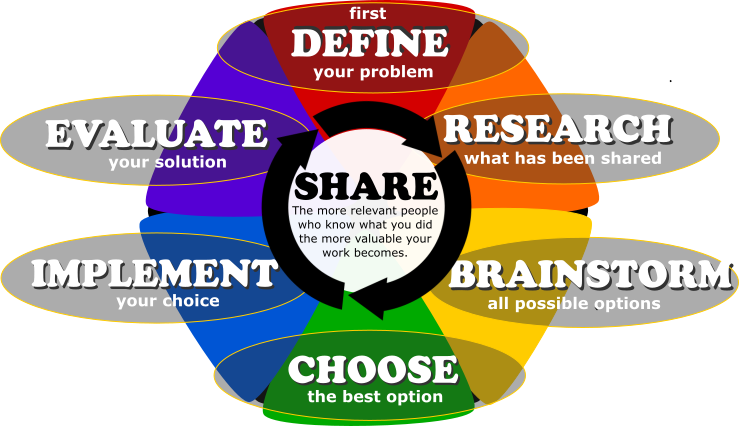Day 01 - Introduction
 When you inflate a balloon, what are the physics of what is happening? There is an equation in chemistry that can help us to predict what is going on. That equation, PV=nRT, is often called the "Ideal Gas Law." It tells us that pressure is inversely proportional to volume and that both are directly proportional to temperature and to the amount of air in a container.
When you inflate a balloon, what are the physics of what is happening? There is an equation in chemistry that can help us to predict what is going on. That equation, PV=nRT, is often called the "Ideal Gas Law." It tells us that pressure is inversely proportional to volume and that both are directly proportional to temperature and to the amount of air in a container.
In other words, if we put more air into the balloon, it will increase in size to keep the pressure inside the balloon as close as possible to the pressure outside the balloon.
But it's not perfect. That balloon has elasticity and as we put air into the balloon we are stretching the balloon - like stretching a rubber band. That stretching involves the balloon storing energy. It will apply a small amount of compression on the air (elevating the pressure inside the balloon ever so slightly), and we can make use of that energy to push air in a focused direction. Newton's laws of motion will push the balloon in the opposite direction. If the balloon is attached to a toy car, it should push that car.
Today, you're going to apply this knowledge to intuit a balloon car design using the materials at the back of the room. Keep in mind that you will need to designate a team member as the person who will be inflating your balloon each time, or else come up with a way to swap out balloons each time. There is one MAJOR restriction, however: you may only use 2 of the wheels provided in the bin at the back. Any additional wheels your design requires must be manufactured by your team. Good luck!
- acceleration
- the rate at which an object's speed changes
- compression
- squeezing an object to reduce the space it occupies
- intuit
- to know something without prior study
- Newton's laws of motion
- they remind us that objects need force to change direction or velocity, and that every force in the universe is opposed by its equal; also, F=ma, or force equals mass times acceleration
- pneumatics
- any technology using air pressure to do work
